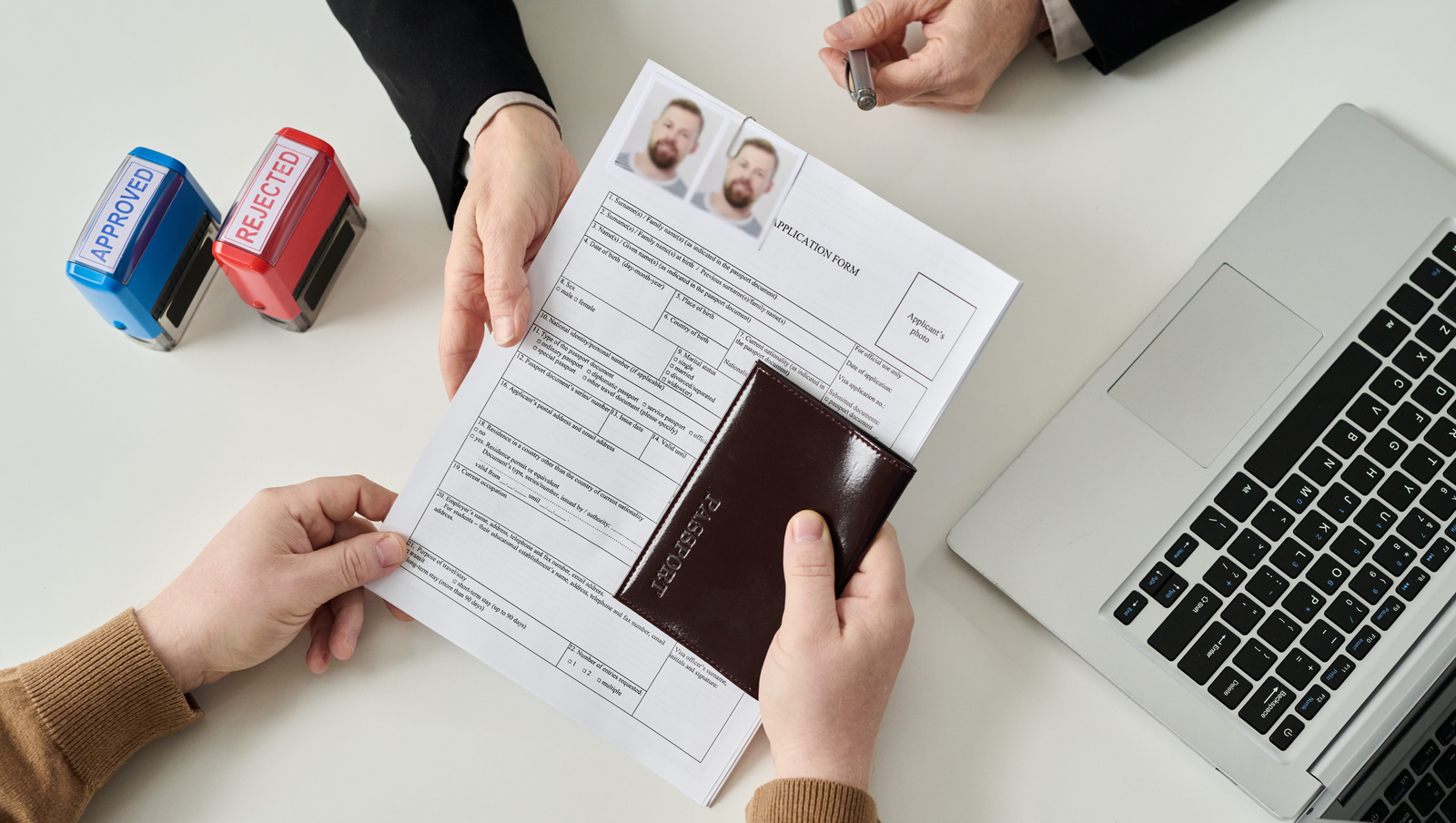A visa serves as your ticket to work, study, or reside long-term in a foreign country. However, when your purpose of stay changes or no longer align with the terms of your current visa, you are required to downgrade your visa status to a Temporary Visitor Visa or Tourist Visa (9A) before you either leave the country or apply for a new visa that suits the purpose of your stay in the country.
Downgrading a visa doesn’t mean that you are not welcome in the country. Rather, it is a responsible and lawful way of closing one chapter and preparing for the next, ensuring your stay is legal.
In this guide, we’ll walk you through why visa downgrade is necessary, how to process it, and the possible consequences you may face once you have failed to downgrade your visa in the Philippines.
Visa Downgrade in the Philippines
Visa downgrade happens when a foreign national’s long-term visa, such as work visa, student visa, and spouse visa, needs to be converted into a Temporary Visitor’s Visa or Tourist Visa (9a) to legally stay in the Philippines. A Tourist Visa is only valid for seven (7) to fifty-nine (59) days, depending on your country of origin.
Moreover, it is advisable to remain informed about your new visa’s validity since staying in the country more than the allowed period could result in immigration consequences, such as overstaying, blacklist order, or deportation.
Reasons for Visa Downgrade in the Philippines
The Bureau of Immigration (BI) mandates this process to ensure that foreign nationals maintain their legal status when their original visa purposes no longer apply.
The following are the common reasons why they need to downgrade their Philippine visa:

- End of Employment is when a foreign employee got terminated, resigned, or their employment contract ended. This also applied to foreign workers whose company or employer closed their business.
- Completion of Education is when a foreign student completed or discontinued their academic program or studies.
- Dissolution of Marriage is when a foreign spouse and a Filipino’s marriage ended due to annulment, divorce, nullification of marriage, or legal separation. This also applies to foreign nationals whose Filipino spouse died.
- Voluntary Exit is when a foreign national with a permanent resident status decides to leave the Philippines permanently.
- Change in Visa Status is when a foreign national’s purpose no longer applies with their visa, such as employment, investment, or residence.
Where to Process a Visa Downgrade in the Philippines
A visa downgrade application can be processed at the Bureau of Immigration (BI) main office in Intramuros, Manila or designated extension offices.
Requirements for Visa Downgrade in the Philippines
To process a visa downgrade, the following documents must be submitted:
- Formal letter addressed to the BI Commissioner stating the reason/s for downgrading i.e. resignation, termination, late filing of extension of visa or dissolution of the company, etc.
a. If letter request is filed by the applicant, applicant’s address and contact details must be indicated therein
b. If filed by petitioning company, congregation, accredited travel agency, law office or consultancy firm, letter request must be in representative’s letterhead with address and contact numbers
- Photocopy of passport bio-page, front and back portions of ACR I-Card (if applicable), visa implementation and latest admission with valid authorized stay
- Additional requirements per visa category:
a. For Pre-Arranged Employee Commercial Visa and Non-Commercial Visa (Missionary), request must be accompanied by a Certificate of Employment/Certification of Missionary Work from the petitioning company/congregation
b. For Non-Quota Immigrant Visa by Marriage or Temporary Resident Visa (TRV), request must come from the applicant and/or spouse indicating their residential address and contact number/s as well as a photocopy of Marriage Certificate or contract
c. For PEZA 47(a)2 Visa, request must be accompanied by a copy of the Department of Justice (DOJ) Indorsement granting the visa and proof of notice of downgrading from the DOJ
d. For Special Visa (CWV, SCWV, SCIV, FWV, etc.), request must be accompanied by a Cancelation Order from the Special Economic Zone authorities
e. For 9(E) Visa of Accredited Foreign Government Officials, request must be accompanied with a Certificate of Employment from the Embassy/Consulate/International Organization, Endorsement from the Department of Foreign Affairs and copy of Embassy’s Note Verbale, if applicable
Application Process for Visa Downgrade in the Philippines
To process a visa downgrade application in the Philippines, follow this procedure:

- Get Visa Assistance. Processing an application may sound overwhelming, from preparing the required documents to being cautious about your actions to avoid any violations or immigration consequences. However, with visa assistance from a service provider, they can assist you in processing your new visa and provide solutions when an issue arises along the way.
- Preparation and Submission of Documents. To initiate your application, gather all the required documents and submit them at the BI main office or other designated office. It is recommended to prepare such documents beforehand since incomplete requirements are not accepted.
- Pay the Fees. Once the requirements are submitted and complete, the immigration officer will issue you an Order of Payment Slip indicating the fees you should pay to process your visa downgrade. Ensure to settle these fees at the cashier.
- Wait for Approval. The visa downgrade process usually takes three (3) to four (4) weeks, or even longer depending on the workload of the BI.
- Stamping of New Visa. Upon approval, present your valid passport for downgraded visa stamping, proving a change to a Temporary Visitor’s Visa or Tourist Visa (9A).
- Claim Passport. Claim your passport with the new visa stamp. Get an Emigration Clearance Certificate or Exit Clearance Certificate (ECC), if needed.
Consequences of Failing for Visa Downgrade in the Philippines
Downgrading a visa is necessary when your legal status, benefits and privileges, and immigration plans in the Philippines don’t suit your visa purpose anymore. Failure to comply with this can lead to the following consequences:
- Overstaying. Failure to downgrade your visa may result in penalties due to overstaying, indicating that the visa you’re holding doesn’t apply to your status anymore.
- Deportation. Non-compliance may result in deportation as you are found dangerous to the national interest, public health, public safety, and public interest.
- Blacklist Order (BLO). The Bureau of Immigration (BI) issues a blacklist order to foreign nationals who are seen as a risk or threat to the public safety. In order to return to the Philippines, you must lift your name with the assistance of a lawyer.
- Impact on Future Visa Applications. A record of non-compliance may complicate future visa applications.
- Order to Leave (OTL). An Order to Leave is given to individuals who need to downgrade their visa or holding an expired visa. This requires them to leave the country within fifteen (15) days of approval.
If you are facing any of these consequences or need legal assistance to avoid them, it is crucial to hire an immigration lawyer to be guided.
Need further information and assistance regarding Visa Downgrade? Talk to our team at Duran & Duran-Schulze Law in BGC, Metro Manila, Philippines to know more about the requirements and process. Call us today at (+632) 8478 5826 or +63 917 194 0482, or send an email to info@duranschulze.com for more information.





2 Responses
I understand very well but I want to know how to downgrade SVEG because I am 76, retiring July 31 2025
Good day, Grace!
Thank you for reaching out to Duran & Duran-Schulze Law.
Our team will reach out to you via your provided email to guide you on how to downgrade your SVEG.
If you have any further concerns, you may also contact us at (02) 8478 5826 or +63 917 194 0482, or email us directly at info@duranschulze.com.
We’d be glad to assist you.